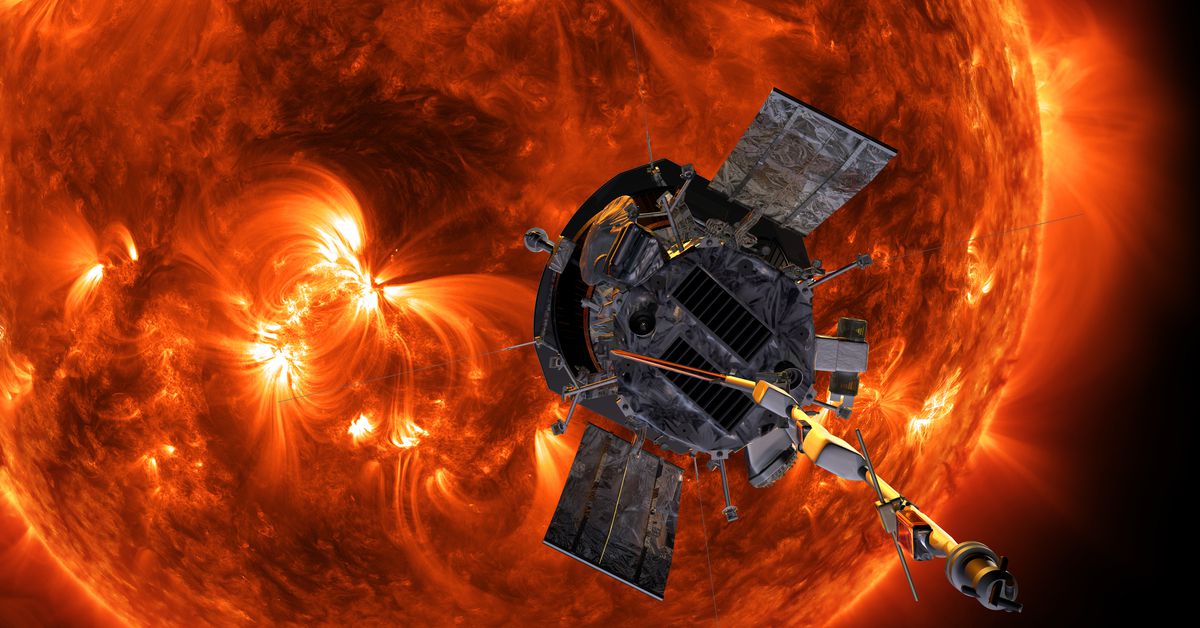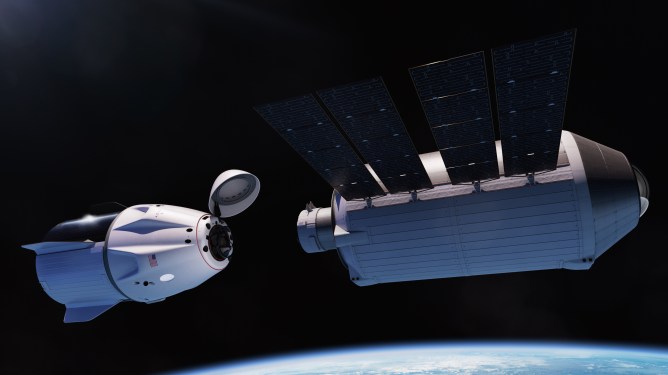On December 26th, NASA received confirmation that its Parker Solar Probe had successfully completed a historic flyby of the Sun, marking the closest any human-made object has ever come to our star. The probe, launched in 2018, transmitted a signal back to Earth indicating it was in good health and operating normally.
Mission Overview
The Parker Solar Probe was designed by NASA and Johns Hopkins Applied Physics Laboratory to study the corona, the outer atmosphere of the Sun, which reaches temperatures of millions of degrees Fahrenheit. To achieve this goal, the probe was equipped with a cutting-edge heat shield that can withstand temperatures of up to 2,500°F (1,370°C). Meanwhile, the probe itself remains at a relatively cool 85°F (30°C).
The mission’s close flyby of the Sun is expected to provide scientists with valuable insights into solar wind, the Sun’s heat, and how energetic particles are accelerated to near light speed. To date, the Parker Solar Probe has been instrumental in advancing our understanding of the Sun’s corona.
Mission Timeline
- December 20th: The Parker Solar Probe was launched from Cape Canaveral Air Force Station in Florida.
- December 24th: The probe made its closest approach to the Sun, flying just 3.8 million miles (6.1 million kilometers) above the solar surface at a speed of 430,000 miles per hour (690,000 kilometers per hour).
- December 26th: NASA confirmed that the Parker Solar Probe had transmitted a signal back to Earth, indicating it was in good health and operating normally.
Mission Objectives
The primary objective of the Parker Solar Probe mission is to study the Sun’s corona and its role in heating the solar wind. The mission aims to answer several fundamental questions about the Sun, including:
- Solar Wind: What drives the solar wind, and how does it affect the Earth’s magnetic field?
- Solar Heat: How does the Sun’s heat affect the corona, and what is the mechanism behind this process?
- Energetic Particles: How are energetic particles accelerated to near light speed in the Sun’s corona?
Future Plans
Now that NASA has confirmation of the mission’s success, the next step will be to receive detailed telemetry data on the probe’s status. This data is expected to be transmitted back to Earth on January 1st.
The close flyby of the Sun by the Parker Solar Probe marks a significant milestone in our understanding of the Sun and its corona. As we continue to explore the vast expanse of space, it is clear that this mission will play a crucial role in advancing our knowledge of the solar system.
Conclusion
The Parker Solar Probe’s historic flyby of the Sun represents a major achievement for NASA and the scientific community as a whole. The mission has provided valuable insights into the Sun’s corona and its role in heating the solar wind.
As we continue to explore the vast expanse of space, it is clear that this mission will play a crucial role in advancing our understanding of the solar system. With the next flyby scheduled for 2025, scientists are eager to see what new discoveries await us as we continue to push the boundaries of human knowledge.
References
- NASA (2018). Parker Solar Probe Mission Overview.
- Johns Hopkins Applied Physics Laboratory (2018). Parker Solar Probe Fact Sheet.




